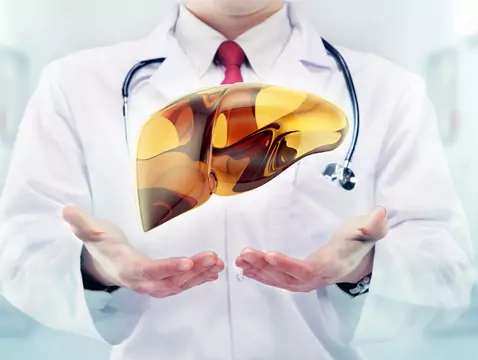Cyanide is known to everyone as a deadly poison. Can it cure in some situations?
Among the numerous theories on the causes of cancer, some point to external carcinogens, others are based on genetic reasons. Among the various approaches to the subject, the voice of a large group of scientists who see the source of cancer in the absence is noteworthy. Up to this point, they are in agreement. With regard to the missing factor, their opinions differ.
Lack of vitamin B17 causes cancer
In the 1950s of our century, a well-known biochemist Dr Ernst Krebs introduced the world to a hitherto undiscovered vitamin, to which he gave the number B17 and the name letril, or in other words amigdaline.
Investigating the nature and action of the ingredient he isolated, the scientist came to the conclusion that it was the vitamin B17-deprived Western modern diet that was the main culprit behind the cancer that was increasingly plaguing people.
How did he arrive at this conclusion?
The assumption that it is the food we eat that has a major impact on the diseases we contract is borne out by the fact that, for example, peoples such as the Hunza tribe of the Himalayas, the Inuit living on the polar icecaps and the American Indians following their traditional diet do not suffer from the stigma of cancer. It is telling, however, that once they switch to a Western diet, they become as susceptible to cancer as we are.

photo.ojoimages
So what is so unusual about the food of the aforementioned peoples that is not
present in our diet?
It turns out that it is vitamin B17, or letril, which is found in large quantities in apricots and millet (the basis of the Hunza tribe's diet) and meat, among others.
it turns out that it is vitamin B17, or letril, which is found in large quantities in, for example, apricots and millet (a staple of the Hunza diet), as well as caribou meat and salmon berries, often eaten by Inuit and Indians.









